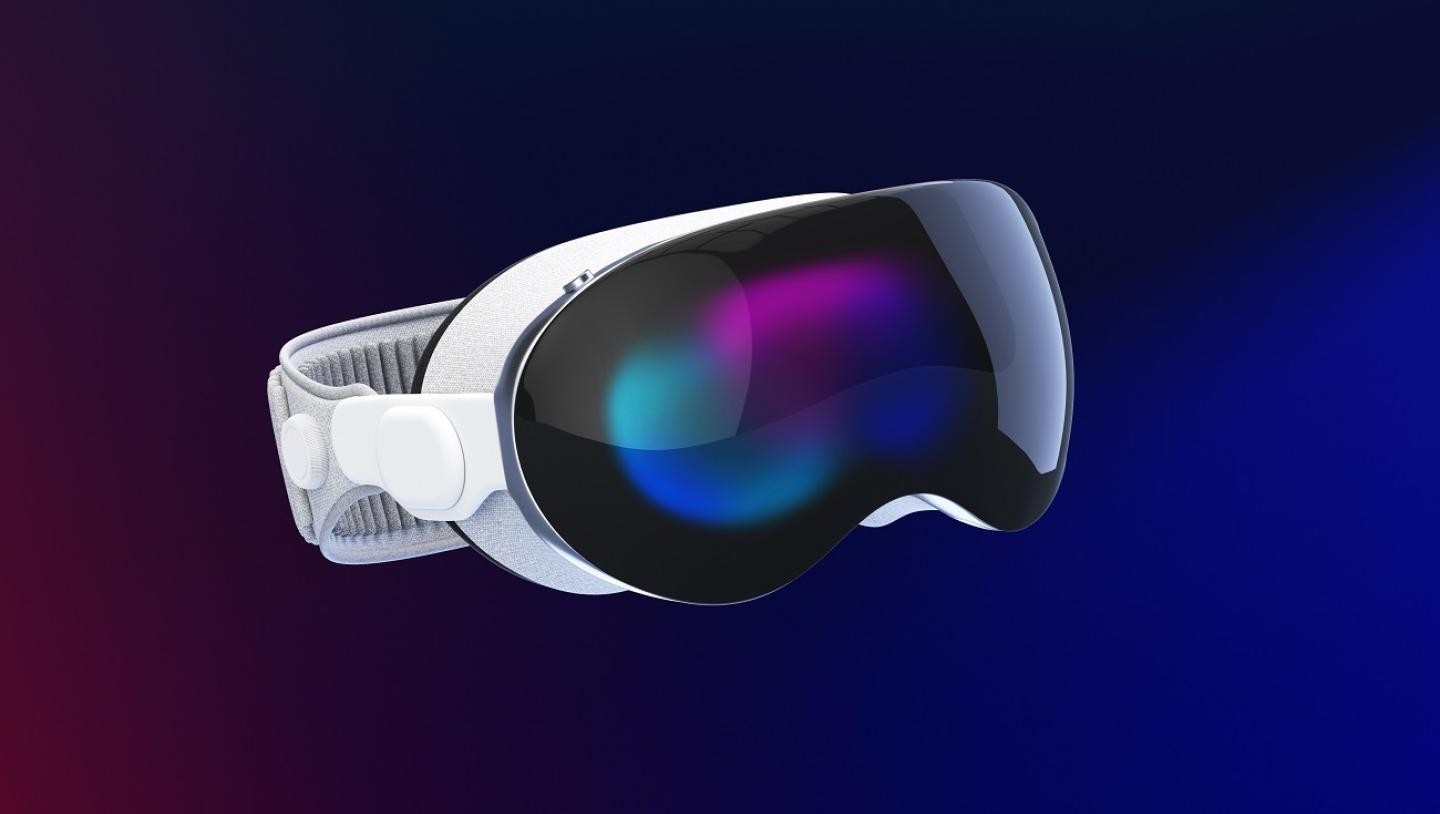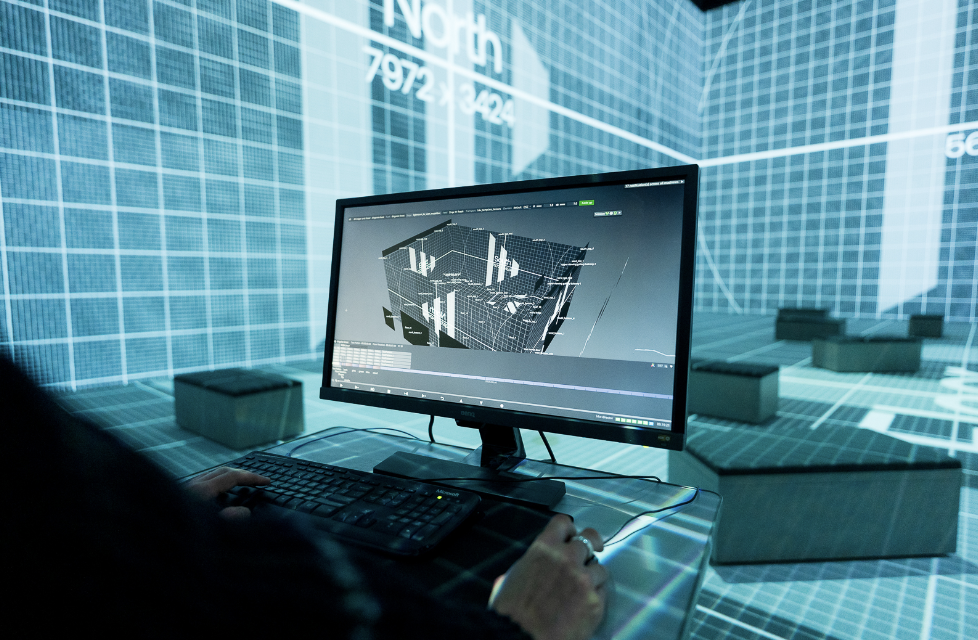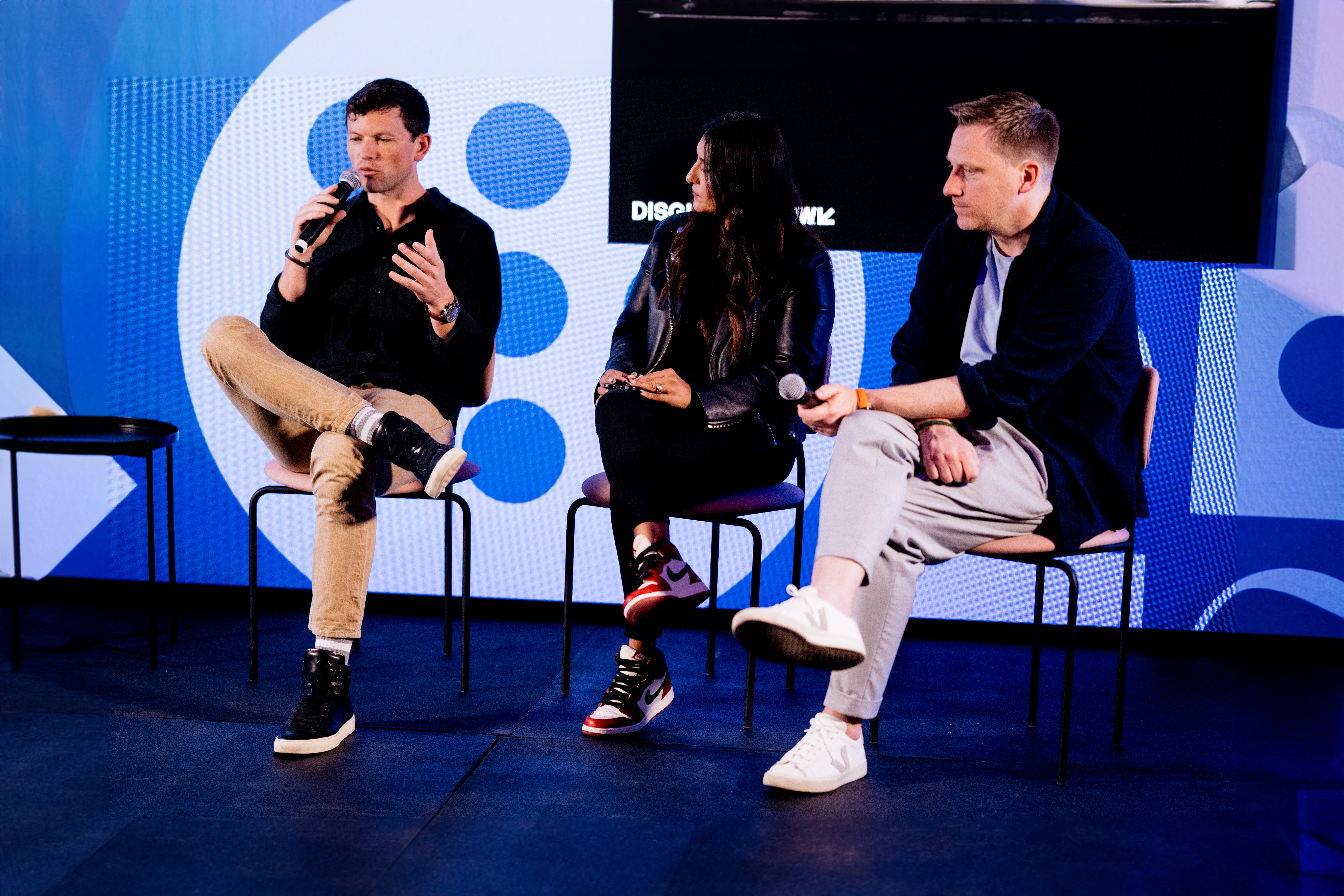How spatial computing is shaping immersive environments
Metaverse

The biggest consumer tech release of 2024 took place in early February, when the United States saw the launch of Apple’s first mixed-reality headset, the Vision Pro. A little over a month later, creatives from film, music, tech and culture converged on Austin, Texas for the annual SXSW festival. It’s little wonder that the Vision Pro - and the new wave of spatial computing that it heralds - was a major focal point for conversations across the event. Disguise brought together some leading experts in the field to explore how businesses can make the most of spatial computing. We’ve gathered some of the biggest takeaways from the discussion.
Spatial computing connects the real and virtual worlds
Though spatial computing has been around for many years, the launch of Apple’s Vision Pro brings it firmly into the public consciousness for the first time. Not only are consumers now hearing about spatial computing - they’re experiencing it first-hand.
Resh Sidhu is the Global Director of Arcadia, a branded augmented reality (AR) studio that has close ties to Snapchat. Amongst the social media apps, Snapchat is leading innovation on AR, and that was a big part of the appeal for Sidhu.
"We've been designing for screens for a long time, but now we’re designing for space, and that, for me, is really exciting. Spatial computing is where digital and physical are woven together,” says Sidhu.
We need a new language for design
The advances spatial computing will deliver have the potential to completely reshape the way companies operate their businesses. Evan Helda, Principal Specialist at Amazon Web Services is more aware than most of how far we’ve come, and how far we have the potential to go. “We’re already living in a half-baked metaverse,” he says. “It’s an abstraction of what the digital world could be.”
To realise this potential we need to recognise that spatial computing presents us with ‘a new language for design’, says Sidhu. In order to better adapt to these new approaches, companies should be open to sharing best practice examples that will create a more unified approach. There’s an opportunity to bring in new voices and experiences too - Jon Meggitt, CEO at Arcade, acknowledged the value that his experience in architecture brought to an industry that hasn’t previously had to think about the way people and spaces interact with one another.

Spatial computing puts humans at the heart of every experience
The idea of ‘thinking outside of the box’ is nothing new - but rarely has there been such a paradigm shift of what form the box even takes. “It’s not just a case of shifting from 2D to 3D,” says Meggitt. “That sounds incremental. This is a fundamental and exponential change in design methodologies.”
But one thing remains consistent: human-centered design is key to the effective implementation of the technology. Sidhu is passionate about Arcadia’s focus, always keeping that element of human interaction in mind. This starts with an iterative design process that fully embraces the technology, moving away from screen-centered work and instead bringing the development process into the space itself. Spatial computing offers a sandbox to build in, and it would be counterproductive not to use it.
We are still discovering potential applications
There are simple ways to begin exploring the world of spatial computing. Helda encourages new users to start small: “The most basic thing we implore our customers to do is get 3D assets working in their e-commerce.”
Consumers are empowered to discover products in more depth, and companies can begin to explore the tech through natural progression towards more complex undertakings.
The most impactful use for spatial computing currently is in training.
Meggitt says that we treat employees as though they’re fundamentally different in the workplace than they are when they’re at home, but that shouldn’t be the case: there should be play within the workplace.

Everyone is trying to have fun. If we think of these advances as ‘experiential computing’, we can see the ways that we can make each action the users take more enjoyable, whether they’re at work or at home.
Principal Specialist, Amazon Web Services
Spatial computing will have a significant role to play in the adoption of AI technology
Much like spatial computing, forms of AI have already been in use, delivering important but relatively rudimentary work in various industries. Technology is finally beginning to catch up to ambition, though, and Helda recognises that we are entering the ‘real build era’ for both fields. The ‘big unlock’, he says, will be AI converging with spatial computing.
We’ve already seen the early stages of this interplay, with AI utilised in the hand and eye tracking that products like the Vision Pro employ. But as AI becomes a more integrated part of daily life, we will come up against limitations that only spatial computing can solve. Currently, most of our interactions with AI take place in text boxes - and in a complex world that comprises far more than words, it can be difficult for AI to share its responses to prompts. Spatial computing offers a different space that can be shared by both users and AI alike, allowing the latter not only to tell us, but to show us.
Exploring these new technologies at the dawn of this ‘build era’ can be exciting - every day opens up new potential applications for spatial computing that can deliver improvements for consumers and businesses. For Sidhu, ‘the world has become an interface, and technology is enabling that’. Starting small now could reap gigantic rewards in the future.
Disguise is a spatial computing platform that effortlessly merges virtual creations with physical spaces to revolutionize how we experience environments. We are all about embedding digital experiences into the fabric of reality, turning any venue into a canvas for immersive storytelling. With Disguise, spatial computing transcends the conceptual to become a tangible tool, enabling creators to design, navigate, and transform real-world spaces with unparalleled precision, scale and creativity. It's where the boundaries blur between the physical and the virtual, making every interaction an exploration of what's possible.